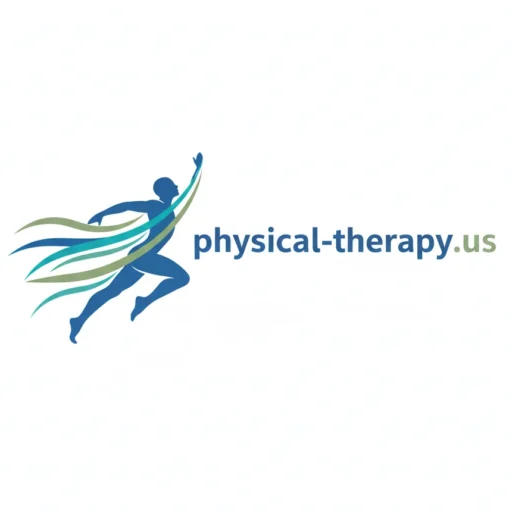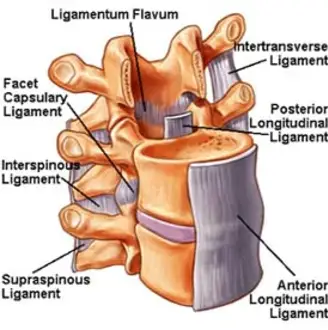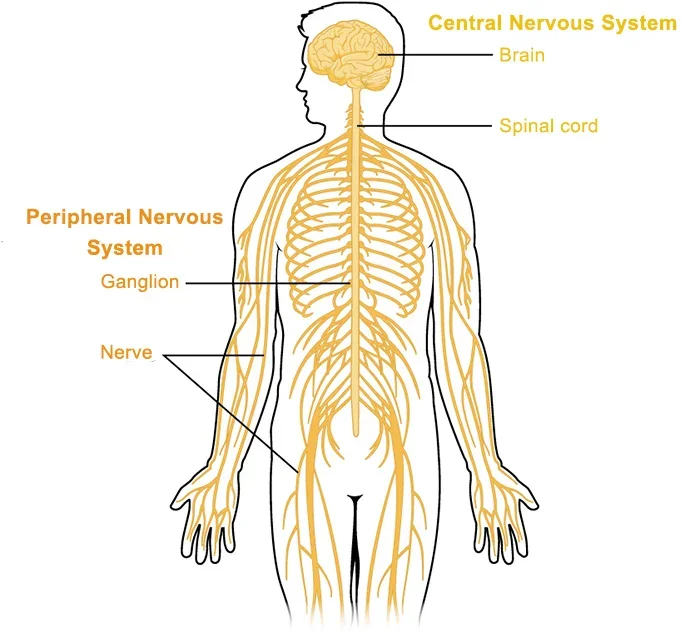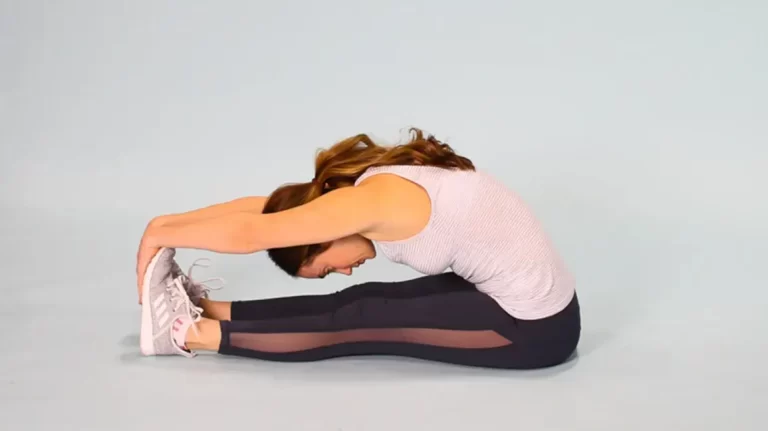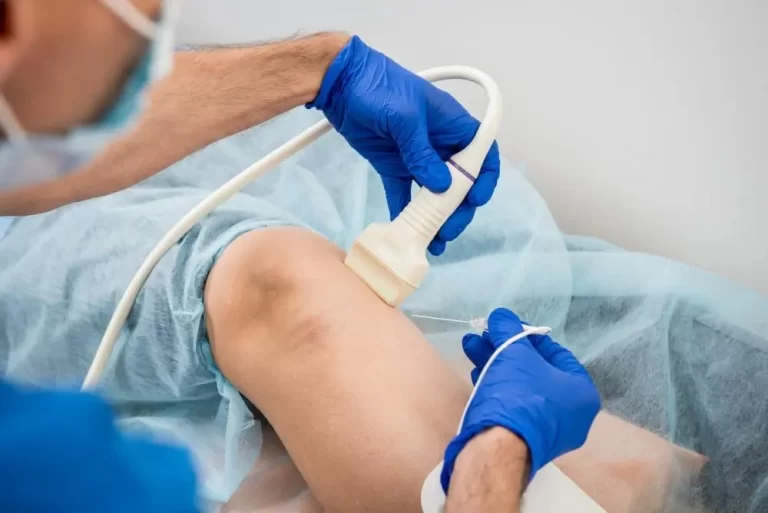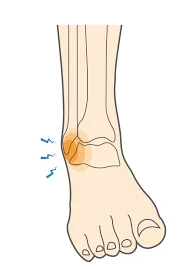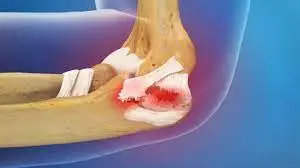Skin Tightness
What is a Skin Tightness? If your skin feels tight, it may indicate dryness due to low humidity or frequent washing with severe antiseptics. If your skin feels tight, it is probably too dry. Many individuals experience skin tightness, which can occur for various reasons. As your body ages, wrinkles, roughness naturally develop. The skin…
